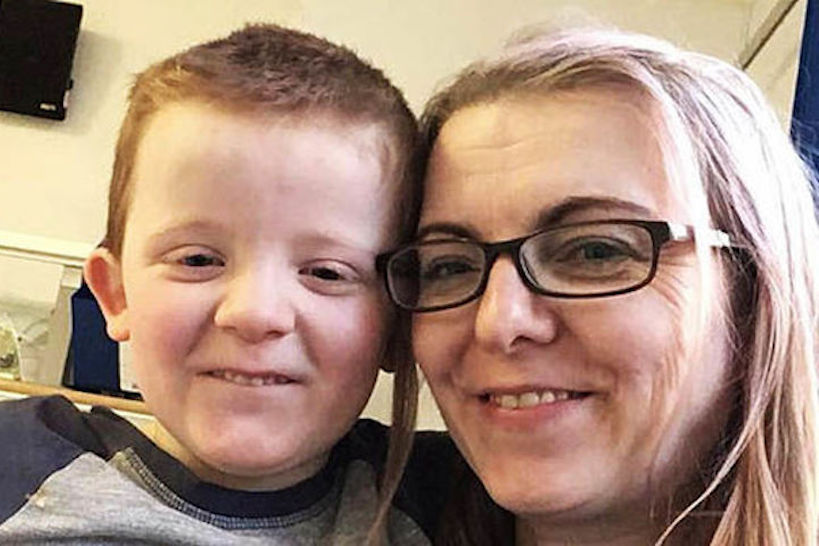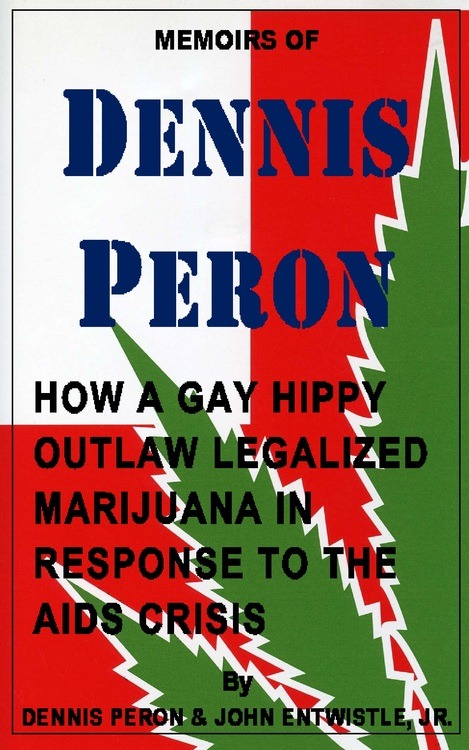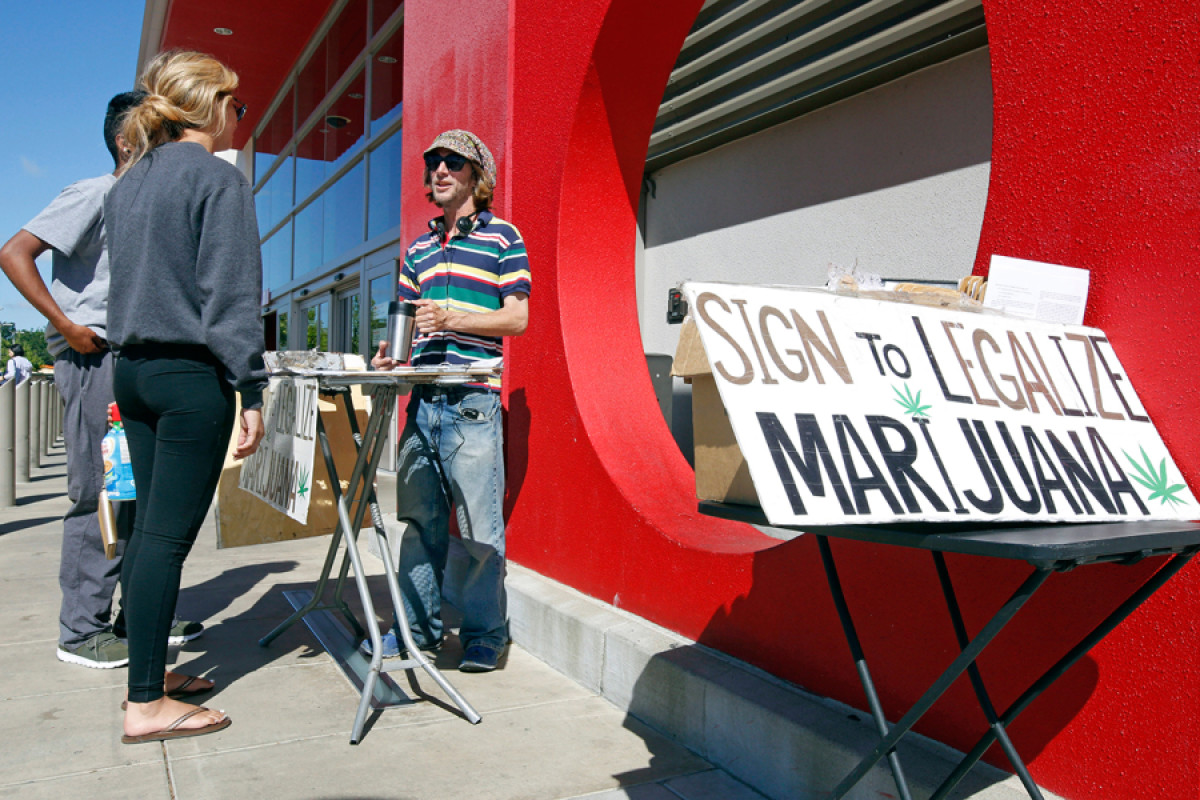With the explosion of news stories that the mainstream media didn’t seem to stop pushing out in 2018, it felt like the public were being primed for a quick integration of medical cannabis into the British medical system. But if you are a patient, parent or working professional in the sector, you’ll know that almost a year after the law changed very little difference has been made to the lives of those the law is meant to benefit.
During the three-year campaign it was presented that there were around a million patients that needed medical cannabis in the UK, a number which may be at least five times lower than it would be if cannabis was treated as the first option instead of a last resort, as is presently the case. Crohn’s, Epilepsy and MS diagnoses reach one million alone, and 360,000 people are diagnosed with cancer every year in the UK, so there is some under-estimation of just how many people could be, and need to be, benefitting from safer legal access to cannabis therapeutics.
Bud & Tender CBD Oil – Use UKCSC10 to get 10% off
Medical cannabis to the lay person in the UK seems like an extremely complex issue – analyticals, standardisation, vertical integration… words and phrases institutions have thrown into the mix which have muddied the waters of the conversation, and almost by design. If there is anything the British are good at it is bureaucracy. But cannabis does not need to be tied up in red tape to be able to make it safely accessible to people who desperately need it.
It’s almost as if the roots and foundation of what medical cannabis was been completely forgotten. Well, in some respects they have been, by some people on purpose and others who just have no idea of the sociological and cultural challenges that patients faced in order to initiate the push for legal cannabis access.
Karen Gray, mother of Murray, has been followed by the UK media to give insight into what it is like to go through the UK medical system to get cannabis to treat his rare and aggressive epilepsy. We’ve reported on Murray as he has gone from worrying stages of health to a laughing, happy child. All from a few drops of oil a few times a day. But every three months Karen is having to find an extra £2,200 to provide Murray his medicine because the cannabis medication, under the UK’s best in the world system, isn’t funded as other NHS medicines are. Flip over to a mother in the same situation in the US and they are growing the plants with the children and using the act of growing and making the medicine a family bonding experience.

The original medical cannabis acts that came into play were written around allowing compassionate use of cannabis for medical reasons and to disallow the law surrounding cannabis for any person who had enrolled in the Compassionate Use Act 1996 in California, which was the very first one. Medical Marijuana (MMJ) was a nickname given by patients and the press which stuck, and the name spread as easy as it is to say it.
The rise of MMJ was necessary. Thousands of men were suffering and dying from the HIV and AIDS epidemic. It was known by cancer doctors that smoking cannabis was helping stop the wasting syndrome that was killing people. It was clear that cannabis was saving people’s lives and with a united front between patients, gay rights activists and health care professionals, a campaign for Proposition 215 was voted in by the people. It gave people the right to possess, grow and share cannabis in a way that was effective and practical for the kind of people that needed it. Over time these laws were adapted to help integrate better business practices.
There was no intention for there to be a commercial cannabis industry off the back of trying to save the lives of people who were wasting away due to HIV and AIDS, but sadly today this story seems very much unknown. It goes unmentioned at cannabis conferences or political talks, which are very much geared towards campaigning for a cannabis industry rather than the compassionate care of people who need access now, not more reassurance about how good it’s going to be in a few more years.

For the heroes that survived states like California through the medical years to cultivate the medicine and serve the patients, even though the DEA raids didn’t stop, their reward was to have Prop 215 stripped away under Proposition 64, which awarded big cultivation licences to those that could afford it and crushed the small producers that have literally shaped the way cannabis culture is over the past 20+ years.
Having said that, while the legal cannabis industry in California is predicted to reach $3.1 billion in 2019, the underground is still leading the way with an estimated $8.7 billion. If the purpose of legalising cannabis is regulating the market and being able to tax produce and those involved in the trade, it looks like some more concessions are going to have to be made on the road to ending prohibition – because it looks like we still have prohibition for some, the very people who made the industry possible, whatever form it finally ends up taking.




